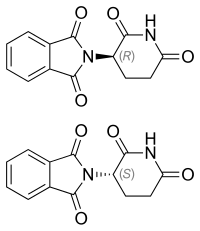
Photo from wikipedia
Androgens are one class of steroids that could cause endocrine disrupting effects in aquatic organisms. However, little information is available about androgens in wastewater treatment plants (WWTPs) with different treatment… Click to show full abstract
Androgens are one class of steroids that could cause endocrine disrupting effects in aquatic organisms. However, little information is available about androgens in wastewater treatment plants (WWTPs) with different treatment technologies. Here we investigated the occurrence, removal, and fate of fourteen natural and synthetic androgens in ten WWTPs of Guangdong province, south China. The results showed detection of ten androgens in the influents of the ten WWTPs, with concentrations up to 4650 ng/L (androsta-1,4-diene-3,17-dione). But only three androgens androsta-1,4-diene-3,17-dione, 4-androstene-3,17-dione and 17β-boldenone were detected in the final effluents of the ten WWTPs, while six androgens androsta-1,4-diene-3,17-dione (N.D. to 43.0 ng/g), 4-androstene-3,17-dione (2.06-42.7 ng/g), epi-androsterone (N.D. to 506 ng/g), testosterone (0.29-4.24 ng/g), 17β-boldenone (N.D. to 2.05 ng/g) and methyl testosterone (N.D. to 0.70 ng/g) were found in activated sludge. The aqueous phase removal rates for most androgens in the WWTPs exceeded 95% except for 4-androstene-3,17-dione with its removal rates varying between 79.5% and 100%. The removal of androgens in the WWTPs could be attributed mainly to biodegradation while removal by precipitation, volatilization, sludge absorption and oxidation was very limited. Eight androgens were also found in five receiving rivers. The risk quotients of some androgens (androsta-1,4-diene-3,17-dione, 4-androstene-3,17-dione, methyl testosterone, 17α-trenbolone) exceeded 1 in the receiving rivers, showing high risks to aquatic organisms. Further studies are needed to understand the origin of these high risk androgens and ecological effects.
Journal Title: Chemosphere
Year Published: 2018
Link to full text (if available)
Share on Social Media: Sign Up to like & get
recommendations!